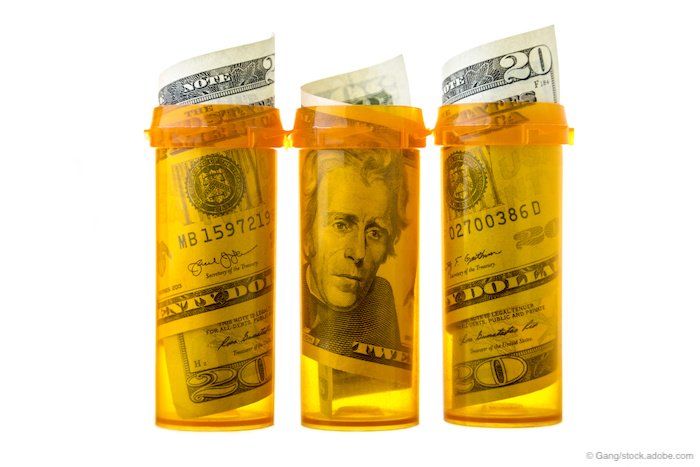Article
Drug availability, pricing negatively affect the practice of glaucoma
Author(s):
Steps to drive costs down include patient education, greater competition in marketplace


Better education on price and more competition in the drug marketplace are needed to help bring down the cost of glaucoma medications.
Physicians, insurers, pharmacists, regulators, and patients should all be part of the mix in making glaucoma medications more affordable, said Joshua D. Stein, MD. This can be challenging, and prices for many glaucoma medications continue to increase, said Dr. Stein, University of Michigan, Ann Arbor, MI.
The main reasons for high medication prices in the United States are market exclusivity and limited competition. New agents typically are awarded 7 years of market exclusivity by the FDA.
However, the actual median length of market exclusivity is 12 years for most medications and more than 14 years for first-in-class medications. This is because that time period of exclusivity can extend due to regulatory review, clinical trials, or testing done in children, Dr. Stein said.
“For glaucoma medications, the time of patent exclusivity ranges from 7 to 15 years for common agents,” Dr. Stein said.
Drug shortages also can affect patient use of drugs. Some contributing factors for this include a lack of raw ingredients, which was the reason cited for a limited supply of dorzolamide and dorzolamide-timolol, Dr. Stein explained.
Other factors include a limited number of companies producing medications (such as pilocarpine and atropine), a lack of supply for medications available for sale, and a lack of viable alternatives. Even when there is more than one branded version of a product available, prices can still be high.
“Physicians aren’t necessarily aware of the price differential between different medications,” Dr. Stein said.
“Pharmacists filling prescriptions aren’t encouraged to do medication substitutions,” he added. “Patients with good insurance are often insulated from the price of the medication they are receiving, and all of this leads to higher-priced medications.”
Other factors that affect drug prices include when companies slightly change the formulation of a branded product, which in turn can limit or delay the entry of competitors; a lack of raw ingredients, company mergers, and a lack of negotiating power at a national level on behalf of programs like Medicare.
All of these barriers have led to physicians spending a good deal of time nowadays managing prior authorizations, Dr. Stein said.
“Some say there is more time spent on that than with patients, which is really sad,” he said.
When prices for drugs remain high, patient care is affected, explained Dr. Stein, citing a study he led that compared generic latanoprost with branded latanoprost, which found that patients who continued to use branded latanoprost were 28% less likely to have improved adherence and 39% were more likely to have reduced adherence.1
Patient education matters
Dr. Stein described a card given to some glaucoma fellows on rotation that shows the different prices of glaucoma medications in a given class, all with prices taken from GoodRx.com.
The card helps to educate trainees and clinicians about price differences. The use of microinvasive glaucoma surgery or other surgical approaches is another option when drugs are not affordable, Dr. Stein added.
Dr. Stein concluded by noting that American Glaucoma Society leaders are working on the topic of drug cost by educating the FDA and insurers.
Disclosures:

Joshua D. Stein, MD
E: jdstein@med.umich.edu
This article was adapted from Dr. Stein’s presentation at the 2018 meeting of the American Academy of Ophthalmology. Dr. Stein has no related disclosures.
References:
1. Stein JD, Shekhawat N, Talwar N, Balkrishnan R. Impact of the introduction of generic latanoprost on glaucoma medication adherence. Ophthalmology. 2015;122:738-747.
Newsletter
Don’t miss out—get Ophthalmology Times updates on the latest clinical advancements and expert interviews, straight to your inbox.




